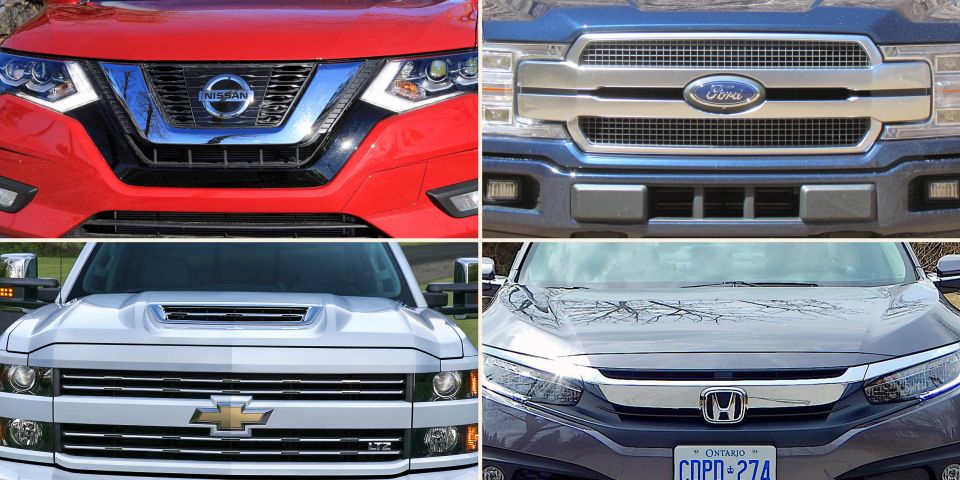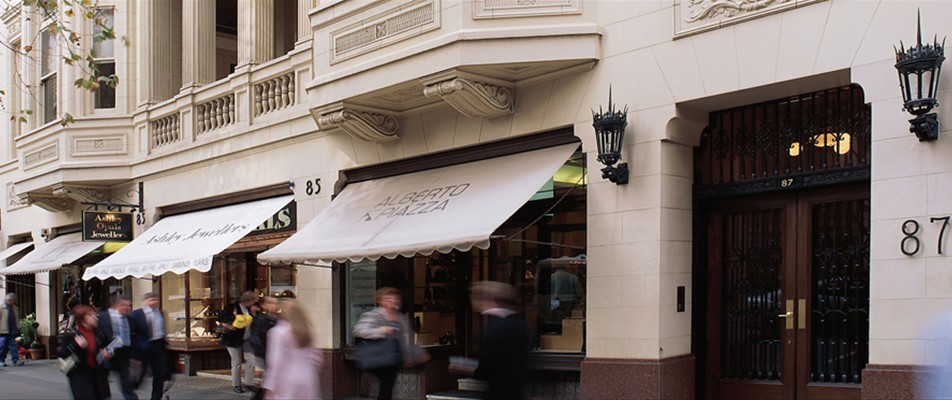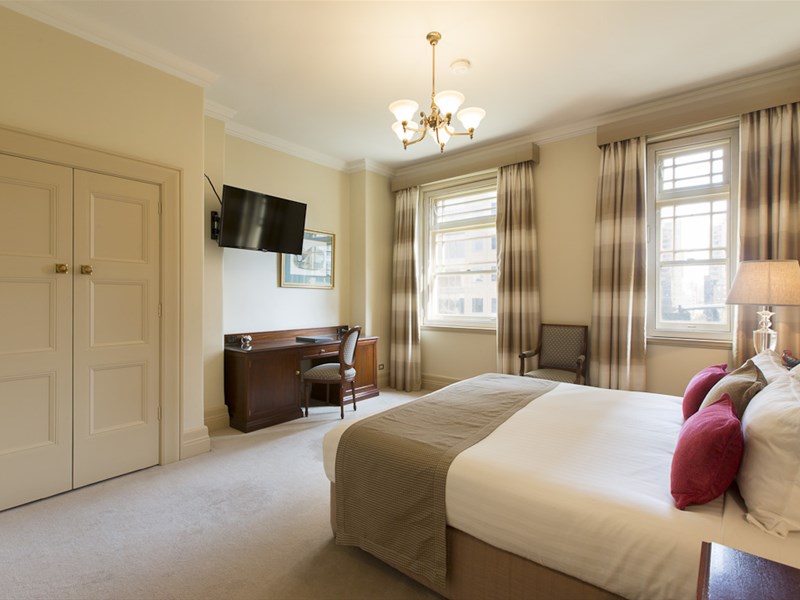
They are, for the most part, long-time leaders. They are the establishment, the obvious choices, the natural ruling parties. They are Canada’s 10 most popular vehicles through 2018’s first six months. Together, they account for only a small fraction of the available nameplates on offer, yet they generate one-third of the market’s overall volume.
With a 2 per cent drop in total sales in June, the first-half of 2018 ends as the second-strongest start to the year in history. “Second-best” isn’t often good enough for automakers, which typically build their business strategy on the promise of consistent year-over-year growth. At the current pace, Canadians will still buy and lease more than 2 million vehicles in 2018 for just the second time ever, but that’s with fewer total sales than in 2017.
Given that more and more consumers are acquiring new vehicles by adopting longer-term loans, having been lured in to showrooms by strong incentives (and in spite of their frequent need to roll existing vehicle debt into their new vehicle loan), the Canadian auto industry may not be as healthy as it appears on paper.
1.04 million new vehicles were sold between January and June, according to Global Automakers of Canada, but many of the most popular vehicles – the vehicles on which the industry depends for great swathes of volume – are suffering substantial demand decreases.
The market’s evolving palate nevertheless remains visible, even in a cursory glance at the best sellers’ list. Honda and Toyota, for instance, sold nearly 5,000 fewer Corollas and Civics in the first-half of 2018 compared with the same period one year ago. Yet the same two automakers reported 5,500 extra sales of the CR-V and RAV4. The most popular compact cars in the country can’t sustain recent levels of demand, while the most popular compact crossovers only briefly sit on dealer lots.
There’s more to Canada’s top 10 list than just cars and crossovers. Full-size pickup trucks consume 40 per cent of the limelight.
10. Nissan Rogue: 22,404, down 1 per cent

2017 Nissan Rogue
Faced with growing in-showroom utility vehicle traffic, Nissan Rogue volume fell slightly short of 2017 levels in the first-half of 2018. The good news for Nissan revolves around the success of its two other small crossovers. Together with the hugely popular Rogue, the Nissan Qashqai contributed 9,257 first-half sales, and Nissan sold its first 615 copies of the Kicks late in Q2. That trio accounted for just under half of the brand’s sales in June.
9. Ford Escape: 23,612, up 1 per cent

2017 Ford Escape Titanium
Historically, the Ford Escape was the preeminent SUV sales leader in Canada. That changed in 2016 when the Toyota RAV4 took over. Halfway through 2018, the Escape sits third among utility vehicles as the current generation approaches its seventh model year. Escape demand peaked in Canada in 2014 with 52,198 total sales.
8. Toyota Corolla: 25,166, down 11 per cent

2018 Toyota Corolla
Long a global powerhouse, the Toyota Corolla remains a leading passenger car in Canada, as well. The current model, however, is dated in many ways, and is therefore left to trade largely on a reliability reputation and advanced safety technology. Corolla volume is currently shrinking more rapidly than the passenger car market at large, in part because demand that once resulted in a Corolla sale is often shifting to vehicles like Toyota’s own C-HR.
7. Toyota RAV4: 26,606, up 5 per cent

2018 Toyota RAV4
In 2016 and 2017, the Toyota RAV4 was Canada’s most popular utility vehicle. Indeed, with the launch of a more style-centric RAV4 – the fifth iteration – later this year, hype could yet see the Toyota take the top spot again in 2018. For the time being, sales of the RAV4 continue to rise even in the current model’s sixth model year.
6. Honda CR-V: 28,022, up 18 per cent

2018 Honda CR-V
On track to end 2018 as Canada’s top-selling SUV/crossover for the first time ever, the Canadian-built Honda CR-V is tracking towards a near-60,000 end-of-year sales total. The shift away from vehicles such as the Honda Accord toward the CR-V and its cohorts has been swift and momentous. Less than a decade ago, Honda Canada reported fewer than 20,000 annual CR-V sales. Fast forward to 2017, and Honda Canada will sell more CR-Vs in the first nine months of this year than the company did in all of 2015.
5. GMC Sierra: 29,765, down 5 per cent

2018 GMC Sierra
Caused only by General Motors’ own decision to market the two trucks under different banners, the GMC Sierra and Chevrolet Silverado separately take the No.5 and No.4 positions on Canada’s best-selling vehicles list. The trucks are all but identical. Combine their sales and the duo’s 59,975 first-half sales places GM in the second position, still well back of the leader, but well ahead of the current No.2.
4. Chevrolet Silverado: 30,210, up 8 per cent

2017 Chevrolet Silverado
South of the border, it’s normal to see the Chevrolet Silverado generating far greater sales figures than its corporate GMC twin. GM Canada’s strategy, on the other hand, has always been different, typically resulting in Sierra leadership. That trend has flipped in early 2018, if only by the slightest of margins. Chevrolet is on track to sell more Silverados in 2018 than ever before and is therefore eating up significant chunks of full-size truck market share as chief competitors suffer sharp declines.
3. Honda Civic: 35,536, down 4 per cent

2018 Honda Civic Si Sedan
Only a remarkable second-half accomplishment by the No.2 Toyota Corolla would unseat the Honda Civic, which is set to be Canada’s best-selling car for a 21st consecutive year. The Civic, despite a predictable decrease in volume after 2017’s nine-year high, outsells its nearest rival by a surely insurmountable 41-percent margin.
2. Ram: 48,659, down 16 per cent

2017 Ram 1500
Quickly losing full-size truck market share during a year of generational changeover, Fiat Chrysler Automobiles’ line of Ram pickups remains a tremendously high-volume family. But compared to 2017, sales fell by more than 9,000 units in 2018’s first-half alone. Now dealers are tasked with clearing out remaining 2018 models while accepting the hotter, newer, flashier 2019 trucks, a task that will be accomplished with long-term interest-free loans and 25-per cent-off stickers plastered on the sides of crew cab pickups.
1. Ford F-Series: 72,308, down 8 per cent

2018 Ford F-150 diesel
Victory seems all but assured. By the end of 2018, the Ford F-Series will complete its tenth consecutive year as Canada’s best-selling vehicle line. As with its Detroit trio of full-size truck rivals, F-Series sales include a variety of full-size and heavy-duty pickup trucks. Production levels suggest between two-thirds and three-quarters of F-Series sales are produced by the F-150, a truck which now enjoys virtually annual updates. The F-Series’ reign atop the Canadian leaderboard did not occur by the Blue Oval resting on its laurels. Still, Ford has not proven able to sustain 2017’s record level of F-Series demand.




















